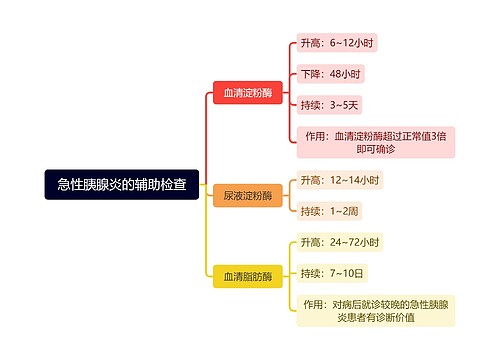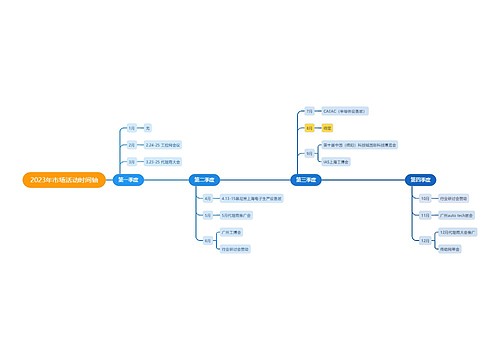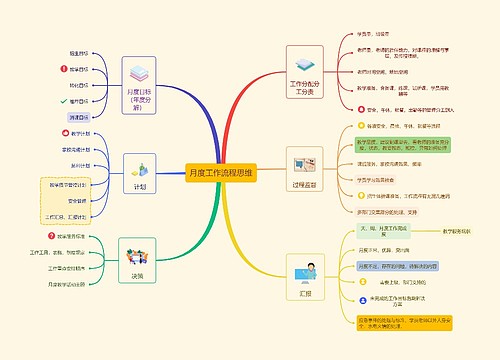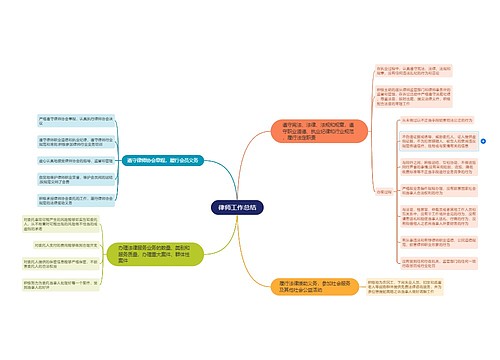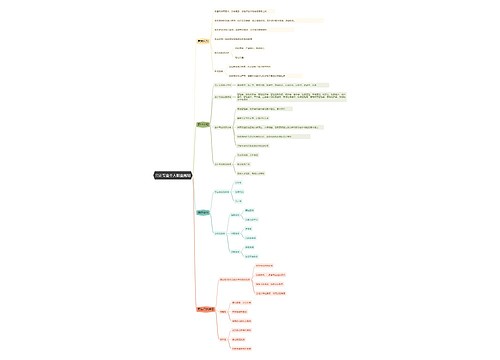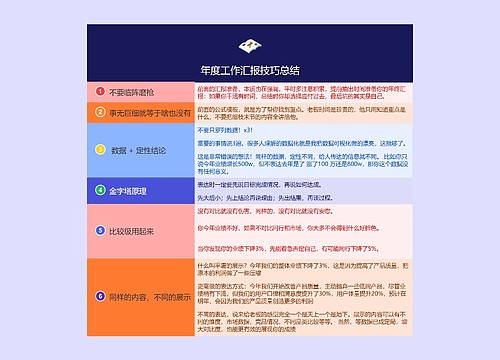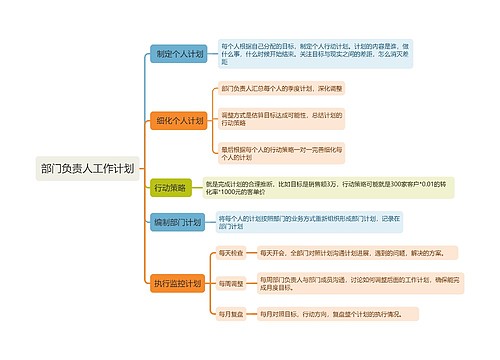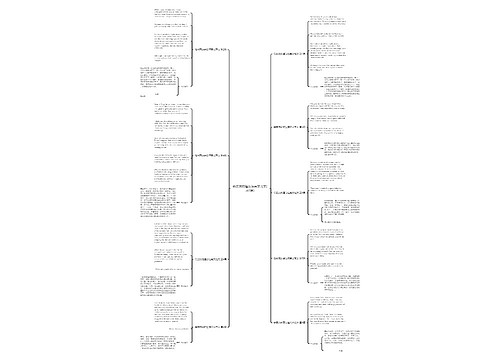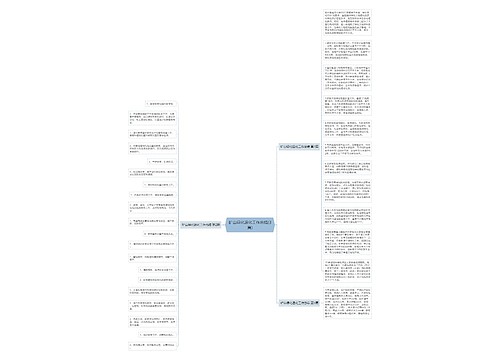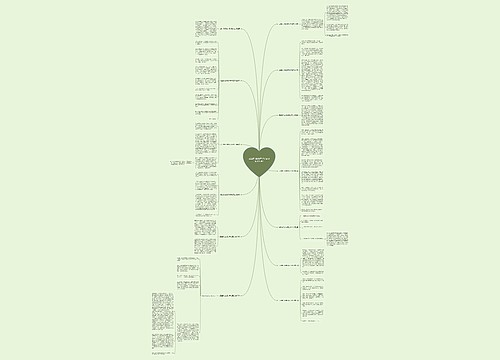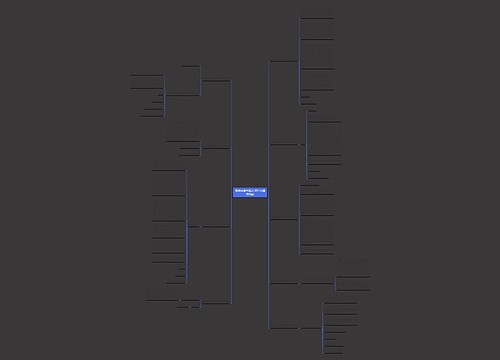Did bees (a type of insect) exist on Earth as early as 200 million years ago? Such a theory is supported by the discovery of very old fossil structures that resemble bee nests. The structures have been found inside 200- million-year-old fossilized trees in the state of Arizona in the southwestern United States. However, many skeptics doubt that the structures were created by bees. The skeptics support their view with several arguments.
No Fossils of Actual Bees
First, no fossil remains of actual bees have ever been found that date to 200 million years ago. The earliest preserved body of a bee is 100 million years old—only half as old as the fossilized structures discovered in Arizona.
Absence of Flowering Plants
A second reason to doubt that bees existed 200 million years ago is the absence of flowering plants in that period. Today's bees feed almost exclusively on the flowers of flowering plants; in fact, bees and flowering plants have evolved a close, mutually dependent biological relationship. Flowering plants, however, first appeared on Earth 125 million years ago. Given the bees’ close association with flowering plants, it is unlikely bees could have existed before that time.
Structures Lack Some Details
Third, while the fossilized structures found in Arizona are somewhat similar to nest chambers made by modern bees, they lack some of the finer details of bees’ nests. For example, chambers of modern bee nests are closed by caps that have a spiral pattern, but the fossilized chambers lack such caps. That suggests the fossilized structures were made by other insects, such as wood-boring beetles.
Directions: You have 20 minutes to plan and write your response. Your response will be judged on the basis of the quality of your writing and on how well your response presents the points in the lecture and their relationship to the reading passage. Typically, an effective response will be 150 to 225 words.
Question: Summarize the points made in the lecture, being sure to explain how they cast doubt on the specific points made in the reading passage.

 U633687664
U633687664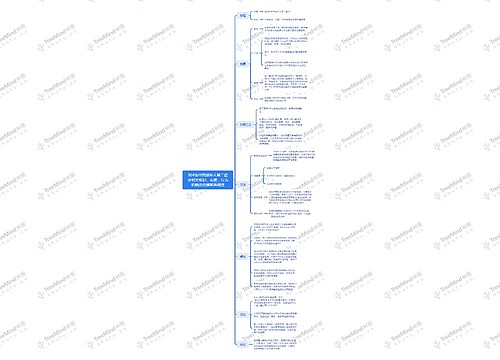
 U979745175
U979745175